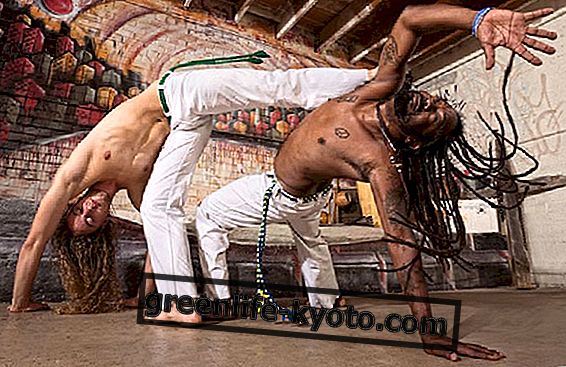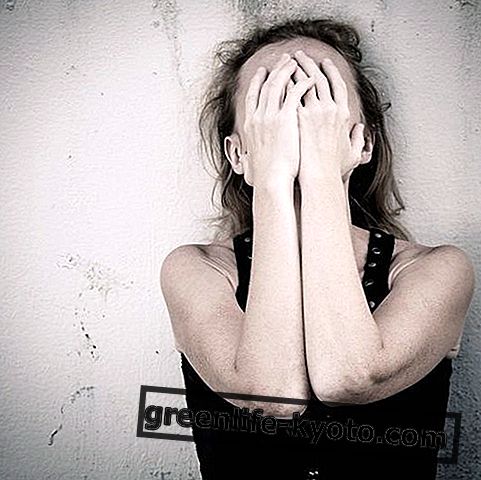
Who still didn't know that eccentric people wander around hospitals around the world, dressed in white shirts and with a big red nose?
Why is the clown no longer present only in circuses and fun places, but also in hospitals?
The Clown Doctor
The clown therapy professionals subvert their Clown Doctor character, prankster and irreverent, the authoritarian figure of the doctor present in the imagination of each of us.
In a sort of carnival ritual inversion, the detached and serious doctor converts into a rakish dessert that uses medical-sanitary material - gloves, plasters, stethoscope - in a bizarre way, causing the hilarity of his observers.
Clown therapy responds to the need and desire of patients of all ages to maintain the joy, humor and humanity of relationships even in situations where it is easy to lose them, such as long periods of hospitalization.
When the Clown Doctors walk around the aisles of a hospital, the atmosphere that you breathe changes considerably: adults and children laugh and forget, even for just a moment, about their illness, with important benefits on the progress of their stay.
The origins of clown therapy
Retracing history in search of the first clown who crossed the threshold of a hospital allows us to know that the interaction between the field of the circus arts and the medical field is more ancient than we can imagine. It is thought that the presence of the clown in facilities for the treatment of illnesses has its origins between the 5th and the 4th century BC, at the time of Hippocrates, father of western medicine. However, to date we do not have documentary evidence to prove this hypothesis and we must go as far as the history of the nineteenth century to find the first documents - mostly paintings - that testify to the presence of clowns in hospitals.
Another important step in the history of clown therapy comes from the Italian circus family Fratellini when, towards the end of the nineteenth century, the clown trio composed of Paolo, Francesco and Alberto Fratellini began to make sporadic visits to different hospitals.
However, the birth of the Clown Doctor as a socio-medical technical figure with defined methods and objectives, took place 30 years ago in New York. It was 1986 when the clown Michael Christensen of the Big Apple Circus in New York participated in an event at the Babies & Children's Hospital of the Columbia-Presbyterian Medical Center in New York, on the occasion of the Heart Day, a day dedicated to children who must undergo surgery heart.
Starting from that meeting in which Christensen participated in the role of Dr. Stubs, his clown character, a dialogue started with the pediatrics headmaster who led to the creation of the first Clown Care Unit . The Clown Therapy was born and in the following years it began to spread rapidly internationally.
What are the goals and functions of the Clown Doctor?
The experience of the hospital, as we all know, is unlikely to be lived in a pleasant way and, especially for children, can be frightening and traumatic . We move away from our affections, the spatial reference points collapse, everyday life is interrupted for a longer or shorter period. Furthermore, medical procedures can be invasive and therefore cause anxiety, pain, unpleasant memories.
The Clown Doctor tries to transform this experience and make it as pleasant as possible, in the view that incurable diseases exist but there are no incurable diseases and that the aspect of caring is fundamental also and above all in the case of chronic or terminal illnesses.
The objectives of clown therapy therefore lie entirely in the field of the relationship and can be summarized as follows:
- to foster humanization processes in hospital relations,
- reduce anxiety during preoperative phases (for example during induction of anesthesia)
- improve the quality of hospitalization,
- improve the emotional state of patients and their relatives by alleviating anxiety and fear.
To achieve these goals the Clown Doctor performs certain functions such as distracting the patient from medical procedures and pain; discharge aggression and reduce the stress of pediatric patients through play; bring affection, joy and humor.
The objectives of clown therapy and its therapeutic efficacy therefore lie on a level, that of relationships, which is often undervalued and forgotten.
The Clown Doctor, in a sense, wants to remind health professionals that having a playful and humorous attitude with their patients is an integral part of the treatment and that this benefits every stage of the process, from the moment of hospitalization to the postoperative period.
To learn more about the subject, we recommend reading the book edited by Alberto Dionigi and Paola Gremigni “ La clownterapia. Theory and practices ”, 2014, Carocci Editore.
Resilience in the dimension of the disease













